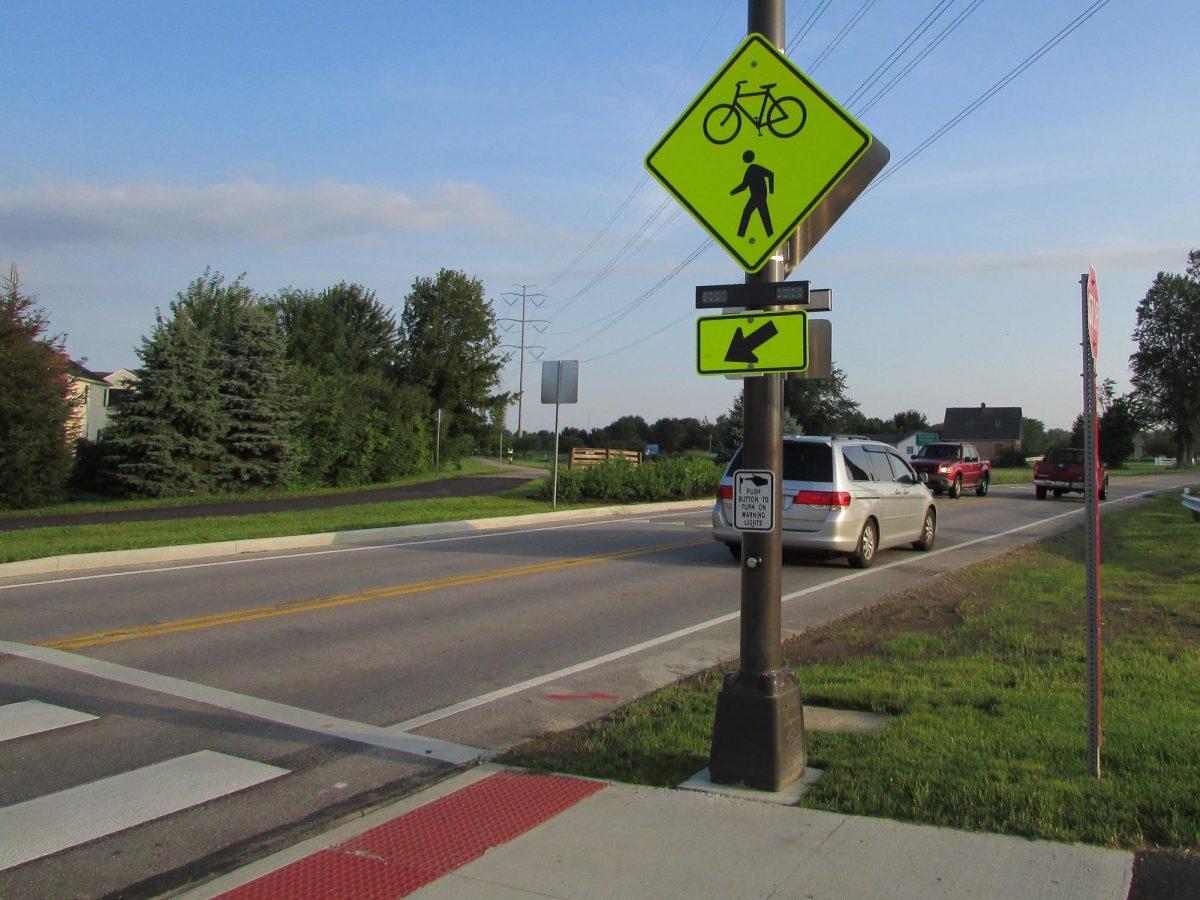The energy competition, first held last year, is being expanded to include not only the reduction of electricity use in dorm rooms, but also the new challenge of reduction in academic and administrative buildings as well. The challenge seeks to reduce electricity consumption throughout the entire campus by increasing green practices such as turning off lights, reducing phantom draws, and changing to efficient light bulbs, as well as shutting off appliances over fall break. Many supporters feel that a second challenge will bring about a new level of change previously unreached.
Kritika Kapadia, ’11, interns for the Eco Reps. She feels that last year’s challenge was only the beginning of the major changes that need to happen to make the campus more environmentally friendly.
“There was a lot of enthusiasm generated during the competition last year, and while interacting with students, we saw several shades, from those who were proactive, to those who started getting interested due to the ‘competitiveness’ created,” she said. “It was a great start; however, it has a lot more potential which can be harnessed, and a lot more of the campus population needs to be involved.”
Elena Juodisius, ’13, also feels that there is room for improvement in the school’s energy consumption.
“It seemed like people were turning off lights during the weeks of the energy competition, and then as the competition ended people returned to old habits,” said Juodisius. “I don’t know how much people altered their room’s energy use and how lasting that might have been.”
Collaborations will ensure that many groups beyond just the environmental department to get involved and will add an element of fun to the competition. The economic incentives of energy reduction should also entice students to take an active role in the challenge.
“We’ll start with the modest challenge of five percent electricity reduction, which could net a savings of about $5,000 for the month,” said Kelly Boulton, Sustainability Coordinator. “Ideally, we’ll do well and up the challenge to ten percent with a savings of $10,000 or perhaps even 15 percent for a savings of $15,000.”
These events have the potential to save money, which could have a major effect on aspects of campus living and spending. The money saved from the competition will likely be invested in renewable energy or energy efficiency measures, such as solar panels.
In order to facilitate improved changes in consumption patterns, many groups on campus are taking an active role in the energy challenge. According to Boulton, several introductory environmental science classes are working to create activities to promote the competition, and many other student groups are planning to host events in conjunction with the challenge.
Students for Environmental Action and the Astronomy Club are partnering to host a stargazing event and there will be a Lights Out/Save the Lights Dance held in the dark. Other potential events include a manhunt sponsored by the Allegheny Roleplaying and Gaming Organization and possibly an acoustic Open Mic Night in Grounds for Change. The Eco Reps hope to build interest in the competition through community building activities and a smaller version of the challenge held last year. Furthermore, the Student Art Society, Queers and Allies, the Sustainability House and Delta Tau Delta are also showing interest in being involved in the competition.
Environmental Science Professor Rich Bowden explains combining the efforts of many groups to make the challenge fun is key in successfully fulfilling conservation goals.
“We all think that energy conservation is important, but learning about the issue can be pretty boring.” said Bowden. “However, making this a challenge where students and the college reap the rewards of the competition – that will make it fun and exciting.”
“This project is a great opportunity for the college as a whole to work on something,” Kapadia said. “It helps to build a sense of oneness at many levels at once, the residential, the administration and classroom. We have a lot of Gator pride, and here is an event which puts it to use towards a good cause.”






Sarah • Oct 1, 2010 at 5:46 pm
One thing that can be fixed in North Village is the thermostats. It is not possible to turn them off on nice days, and it is difficult to find a good temperature, since it is generally cold downstairs and warm upstairs. Also, while the idea of motion sensored lights are great, they seem to work too well, in that everytime I walk down the hall, the sensor turns the light in the trash room on. Additionally, the handicapped doors use energy everytime someone goes through them, rather than only when someone pushes the button for it. These are just a few things that can be worked on.